In 2010, Taiwan’s leading contemporary artist and photographer, Yao Jui-Chung, gave his students an art project: investigate and photograph schools, convention centres, markets and other public facilities left to decay — and use their art to affect governmental policies.
Now open at the Museum of Vancouver, Mirage: Disused Public Property in Taiwan, is the exhibition showcasing the photographs of abandoned spaces and the documentary that captured the project and Taiwan’s government response.
This is Mirage’s first-ever showing in North America and visitors to the MOV will see 150 black and white photos of Taiwanese “mosquito halls” photographed by Yao and his students, known as the Lost Society Document, as well as Sandy Lo’s documentary film, A Rainbow Over the Ruins, showing behind-the-scenes footage from the project.
We sat down with artist Yao Jui-Chung, with translation assistance from the MOV’s Curator of Urban Cultures Denise Fong, to learn more about Mirage and how art can be used as a form of activism.
The Tyee: What inspired you to start photographing abandoned public spaces?
Yao Jui-Chung: I have been photographing ruins since the 1990s. Because many of Taiwan’s traditional industries relocated to mainland China, many industrial ruins were left behind. In addition, the end of the Cold War resulted in many abandoned military facilities. I often photographed idle government facilities, so I came up with the idea of photographing disused public spaces.
Tell us about the situation in Taiwan. Why are so many buildings abandoned?
Many construction projects resulted from political promises made by politicians during the election period to reduce the gap between urban and rural areas. However, because it is easy to build facilities but difficult to maintain them, misguided policies often result in idle buildings.
Why is the project called Mirage?
Because mirage usually refers to an illusion that can be seen but not necessarily used.
Your students became involved in the project and took on the name the Lost Society Document. Tell us about your students and how they worked on the project. What's behind the LSD name?
Because students often yearn for the first world, but are not familiar with their hometowns, we arranged for students to return to their hometowns to conduct filming during their spare time. Students who lived in the Taipei metropolitan area were sent to outlying islands or remote areas for filming, allowing students to experience the gap between urban and rural areas.
The acronym of Lost Society Document, LSD, and psychedelic drugs is the same — it alludes to the fact that many governments often use large-scale construction to produce hallucinations, just like the effects of psychedelic drugs.
What was the process involved in locating the 800-plus abandoned spaces?
This is the cumulative number since 2010. I would ask students to look for suspected idle facilities through internal bulletins from government departments (Audit Department, Public Works Commission, Control Yuan), or through lists provided by relatives and friends, district chiefs and local opposition party headquarters, plus tips from the media.
I would then send the students to these locations to photograph the buildings several times. Through class discussions, we compiled the list of facilities to be included in the [Mirage] book. A special issue was published every semester, and the cost of publication was almost entirely paid for by the money I earned from selling my artwork.
What made you think that art could be used as a form of activism?
Because art can evoke emotions, radical activism can transform into a form of emotional romanticism.
We know that the Mirage project was shared with the government in Taiwan. What notable issues/policy changes has the project and the Lost Society Document been able to make? What other projects or issues are you continuing to address today?
This project has published seven special issues over the course of 10 years, exposing more than 800 cases. In the last class of each course, students were asked to write down a list of people they wanted to send the book to — government officials, legislators, media, etc. After each new book was published, I would mail them out.
The huge media pressure may have resulted in the government changing its policies. In the official documents exhibited this time, you can see relevant policy changes and regulations to promote the revitalization of idle spaces, and the proposal to release these spaces for NGOs, NPOs, disadvantaged groups, charities, social welfare groups, artists and literary workers, early childhood education organizations, etc.
This will be the first time Mirage will be shown in North America. In what ways do you feel a Vancouver audience will relate to this exhibition?
Abandoned public facilities are a worldwide problem, and I believe Vancouver is also facing this problem. Usually, totalitarian countries will whitewash the situation to create peace. For democratic countries, it would be better to make these issues public and transparent, invite the public to brainstorm ideas, and allow the new generation to use new methods to solve problems together with those in seats of power.
What advice do you have for people who are looking to tell the stories of a place through photography?
Every person, every building, every city or even every country has a story. They face various struggles every day. The product of these failed struggles often results in ruins, so all ruins reflect the future of political geography.
I read a bio of you that said that all your works have an underlying theme of “the absurdity of the human condition.” How does Mirage fall into that?
Humans are ridiculously argumentative, aren't we? We all think that our own way is the best. The Mirage project is just the tip of the iceberg.
I have seen the list of art exhibitions (solo and as groups), biennales, books and films that you have been part of during your career. You are prolific! What keeps you motivated as an artist?
I am very happy that I have not died in the pursuit of art. I am grateful to the many noble people who have helped me along the way. In my limited life journey, I try my best to do things that I like without hurting others. If I can contribute in a small way, I will be very satisfied.
‘Mirage: Disused Public Property in Taiwan’ is on display now at the Museum of Vancouver through Sept. 2. For more information on ‘Mirage’ and other exhibitions at the MOV, visit the museum’s website. ![]()
Read more: Rights + Justice, Art
This article is part of a Tyee Presents initiative. Tyee Presents is the special sponsored content section within The Tyee where we highlight contests, events and other initiatives that are either put on by us or by our select partners. The Tyee does not and cannot vouch for or endorse products advertised on The Tyee. We choose our partners carefully and consciously, to fit with The Tyee’s reputation as B.C.’s Home for News, Culture and Solutions. Learn more about Tyee Presents here.
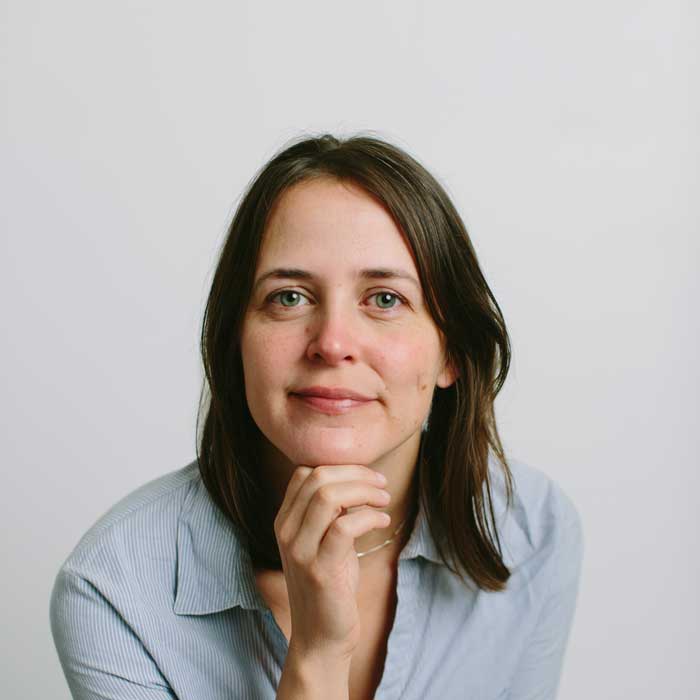



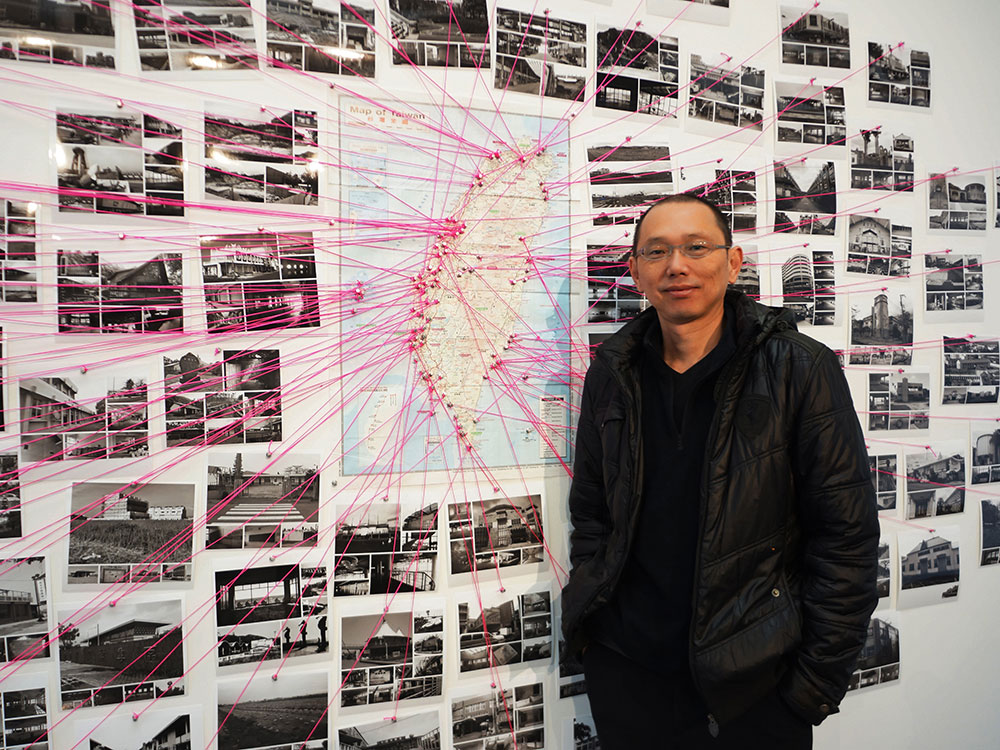
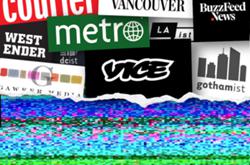


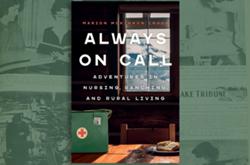

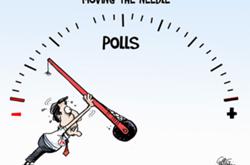




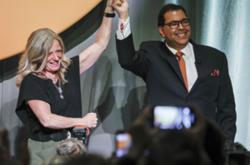
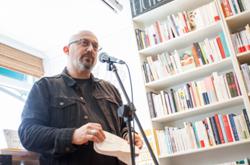
Tyee Commenting Guidelines
Comments that violate guidelines risk being deleted, and violations may result in a temporary or permanent user ban. Maintain the spirit of good conversation to stay in the discussion and be patient with moderators. Comments are reviewed regularly but not in real time.
Do:
Do not: